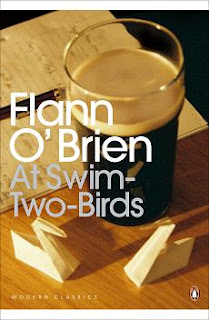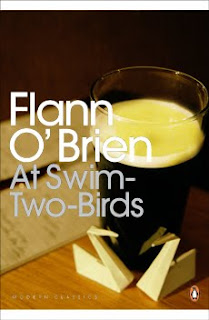The initial reaction to the assignment was a very negative one and it did take a while for it to be enjoyed. Having jumped in headfirst it was soon clear that there were a lot of possibilities for different directions and styles to be used.
The assignment was researched thoroughly. Trying to gather as much information on the book as possible from as many different sources as was available. This however proved to be very little help in deciding where to go when it came to planning for a shoot.
The idea arose to examine previous book covers and to use them to try to gain inspiration. Analysis of those did indeed provide some ideas. Combine that with a reexamination of the research on the book brought to mind one good idea that could be adapted and simplified depending on time, props models, and any unforeseen occurrences. Further development arose through looking at black and white images of pub scenes.
Overall the research and planning side of the assignment went well. The book is known to be quite intricate and confusing at the best of times, so it is no wonder that inspiration was hard to find. A book as complex as that is difficult to sum up in one composition.
With the problems of locations, model and props, the main idea and back-up ideas could not be shot. This left the last-resort idea as the only option. It was staged simply and carefully, so it could easily be repeated if needed. The idea was perhaps too simple, but there was little choice.
The results were however very pleasing, there were a number of good images to choose from, even after those that were unsuitable were removed as options. The editing was kept to a minimum so the film quality of the compositions remained.









